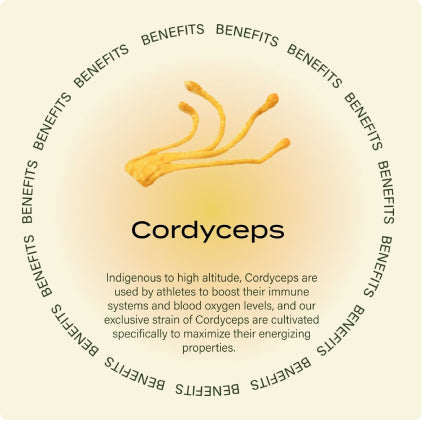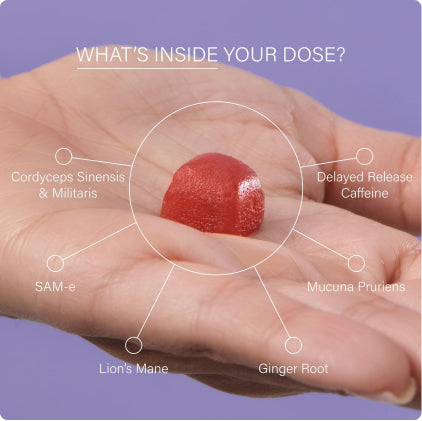If your brain feels like it’s running 50 tabs at once, you’re not imagining it.
Recent neuroscience is revealing that people with ADHD literally experience a more dynamic, fast-shifting brain state. Their attention networks don’t just activate and hold focus, they flicker, switch, and reconnect faster than average.
It’s not a flaw. It’s a different kind of wiring.
The Science: A Brain That’s Always in Motion
A 2023 neuroimaging study found that individuals with ADHD show greater temporal variability in resting-state brain activity, especially in regions responsible for attention and executive control like the prefrontal cortex and parietal lobes.
Temporal variability means that the brain’s internal networks are constantly reconfiguring, even when a person is at rest. Instead of stable, synchronized patterns of communication between brain regions, ADHD brains show more frequent, unpredictable shifts.
Think of it like a car engine that keeps revving up and down on its own. That constant fluctuation makes it harder to sustain focus on one thing for long, but it also creates bursts of creativity, problem-solving, and hyperfocus when something truly captures interest.
This variability is linked to differences in dopamine regulation, the brain’s main reward and motivation chemical. Dopamine acts as a filter that tells the brain what’s worth paying attention to. In ADHD, this filter is less consistent, which means attention jumps to whatever provides the biggest hit of novelty or stimulation in the moment.
That’s why an ADHD brain might struggle to focus on a spreadsheet but can spend hours researching a niche hobby, gaming, or building something creative.
ADHD and Dopamine: The Reward Loop
One of the core challenges in ADHD is the reward prediction error.
In most brains, dopamine is released in anticipation of a reward. For ADHD brains, dopamine spikes mainly when the reward actually happens, not before.
That means it’s harder to stay motivated through effort alone. Without an immediate payoff, tasks feel dull and attention drifts toward something more instantly rewarding.
This difference doesn’t mean people with ADHD lack discipline or drive. It means their reward system needs stronger signals to stay engaged. Structuring small wins, visible progress, and stimulating tasks throughout the day helps the brain stay on track.
How to Tune the ADHD Engine
Managing ADHD is less about forcing stillness and more about working with your natural rhythm. Here are a few strategies supported by both research and real-world practice.
1. Work in Short Focus Bursts
The ADHD brain performs best in sprints. Break tasks into 15 to 25 minute chunks with micro breaks between. It keeps dopamine levels from dipping too low and maintains momentum.
2. Use Body Doubling
Working alongside someone else, even virtually, increases accountability and external stimulation. Studies show that shared environments help ADHD brains sustain attention longer.
3. Ritualize the Start
Creating consistent cues to begin a task, like starting at the same time each day or using the same playlist, helps train the brain to associate those signals with focus.
4. Fuel and Hydrate
Stable blood sugar, hydration, and good sleep are underrated tools for managing attention. The brain is energy-hungry, and ADHD brains burn through neurotransmitters faster.
5. Celebrate Small Wins
Give yourself more frequent reward moments. Dopamine thrives on progress, not perfection. Visual trackers, streaks, or journaling small victories help keep motivation alive.
Why Mojo Helps
ADHD brains need help maintaining that sweet spot between stimulation and calm. That’s where the right nutrients, adaptogens, and functional mushrooms can make a difference.
Mojo Focus Gummies are designed to help balance dopamine, boost clarity, and support smooth, sustained focus.
🧬 Mucuna Pruriens provides natural L-Dopa, the direct building block of dopamine for motivation and mood.
🍄 Lion’s Mane supports nerve growth and long-term brain health.
⚡ Cordyceps improves oxygen and ATP production for steady, crash-free energy.
For brains that run fast, it’s not about slowing down. It’s about channeling the energy where it matters.
ADHD brains aren’t broken. They’re built different. The trick is learning when to let them rev and when to help them find their rhythm.
Table of contents









